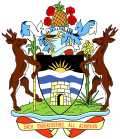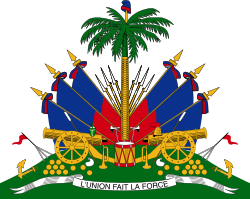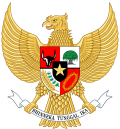
A national emblem is an emblem that is reserved for use by a nation state or multi-national state as a symbol of that nation. Many nations have a seal or emblem in addition to a national flag.
Contents
Other national symbols, such as national birds, trees, flowers, etc., are listed at lists of national symbols.






